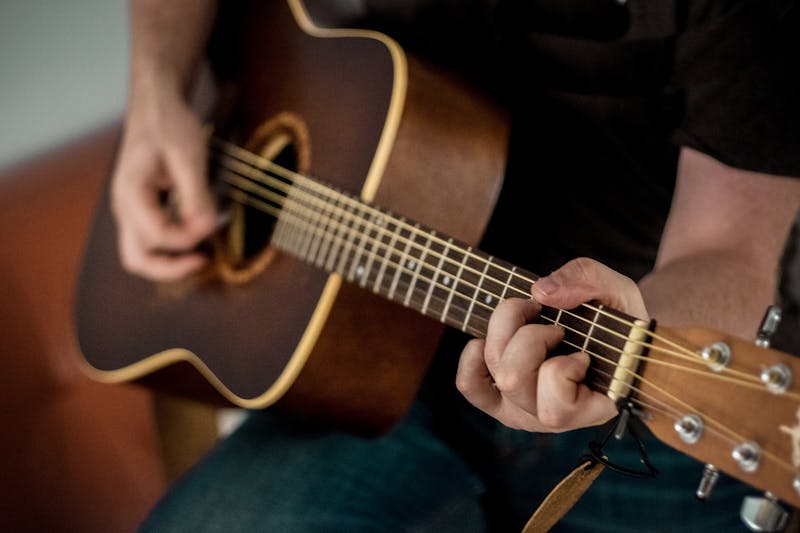Understanding Guitar Keys and Scales
Understanding keys and scales is fundamental to becoming a proficient guitarist. This knowledge will help you play more effectively with backing tracks, improvise confidently, and understand how music works.
What is a Key?
A key is the tonal center of a piece of music. It tells you which notes and chords will sound “at home” in that particular song. When we say a song is in the “key of G major,” we mean that G is the tonal center, and the song primarily uses notes and chords from the G major scale.
Major Scales
The major scale is the foundation of Western music. It follows a specific pattern of whole steps (W) and half steps (H):
Pattern: W-W-H-W-W-W-H
C Major Scale Example:
C - D - E - F - G - A - B - C W W H W W W H
This is the only major scale with no sharps or flats, making it perfect for learning the pattern.
Guitar Scale Patterns
On guitar, we learn scales through patterns or “shapes” that can be moved to any key.
Pattern 1 (Most Common):
E|--2--4--5--
B|--2--4--5--
G|--2--4--6--
D|--2--4--5--
A|--2--4--5--
E|--2--4--5--This pattern works for any major scale - just start on the root note.
Minor Scales
Minor scales have a darker, more emotional sound. The natural minor scale pattern is:
Pattern: W-H-W-W-H-W-W
A Minor Scale Example:
A - B - C - D - E - F - G - A W H W W H W W
The Circle of Fifths
The Circle of Fifths shows the relationship between keys and helps you understand which keys are closely related.
Sharp Keys: G, D, A, E, B, F#, C# Flat Keys: F, Bb, Eb, Ab, Db, Gb, Cb
Practical Application
Finding the Key of a Song:
- Listen to the bass line - it often outlines the key
- Find the chord that feels like “home”
- Look at the chord progression - most songs end on the I chord
Using Scales with Backing Tracks:
- Identify the key of the backing track
- Choose the appropriate scale (major for happy, minor for sad)
- Start with simple patterns before attempting complex runs
Common Scale Patterns for Guitar
Pentatonic Scales
The pentatonic scale (5 notes) is perfect for beginners:
Major Pentatonic: 1-2-3-5-6 Minor Pentatonic: 1-b3-4-5-b7
Blues Scale
Add a b5 to the minor pentatonic for that bluesy sound: Blues Scale: 1-b3-4-b5-5-b7
Practice Tips
- Learn one pattern at a time
- Practice with a metronome
- Use backing tracks in different keys
- Focus on clean, clear notes
- Start slow and build speed gradually
Understanding keys and scales opens up the entire fretboard and makes you a more musical guitarist!


